"Where there is no imagination, there is no horror..."
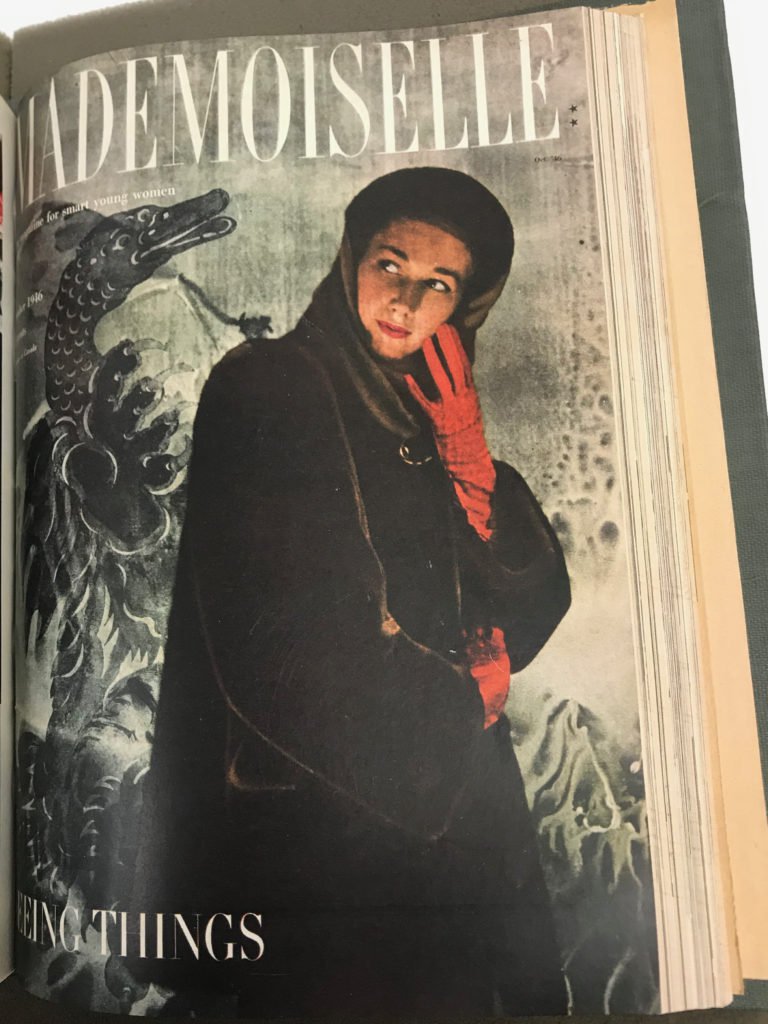
Happy Halloween from SCRC!
In anticipation of the upcoming holiday, here are some staff selected spooky materials from SCRC's collections:
Phobia by John Vassos.
by Paul Barfoot, Library Technician
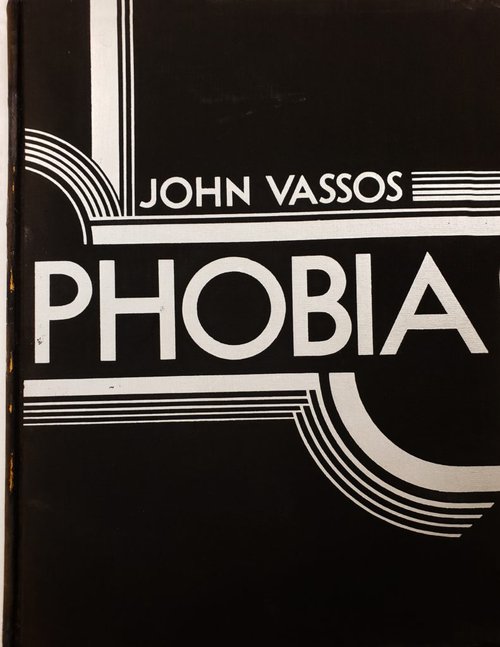
The cover of Vassos’ Phobia.
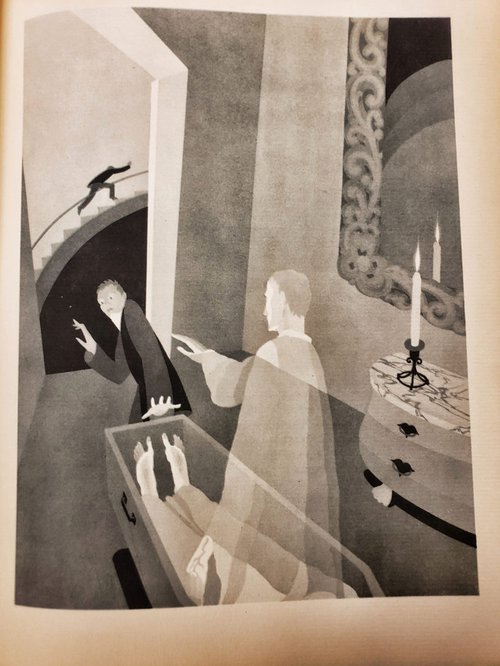
The illustration for Necrophobia, or “fear of the dead” in Phobia.
John Vassos (1898-1985) was an American illustrator and industrial designer whose style influenced cinema, theater and advertising. He also wrote and illustrated several books. Phobia, produced in a limited edition of 1500 copies, is a study of some of the fears that affect modern life. The gouache illustrations are in black and white. Vassos wrote in the introduction to the book, “A phobia is essentially graphic. The victim creates in his mind a realistic picture of what he fears, a mental image of a physical thing.”
Phobia by John Vassos (Special Collections Research Center, Syracuse University Libraries) is part of the Special Collections Research Center’s rare books collection.J
Transformation scene from "Dr. Jekyll and Mr. Hyde".
by Jim Meade, Audio Preservation Engineer
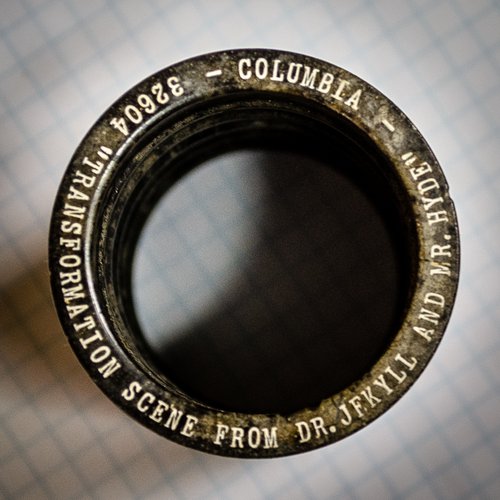
Top view of the wax cylinders for the “Dr. Jekyll and Mr. Hyde” recording.
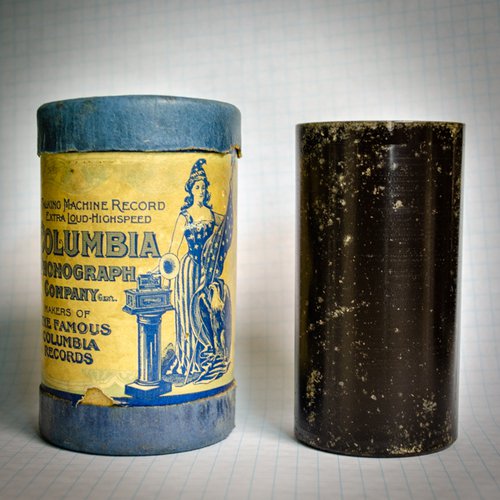
Front view of the wax cylinders for the “Dr. Jekyll and Mr. Hyde” recording.
The transformation scene from R. L. Stevenson’s "Dr. Jekyll and Mr. Hyde", by famous recording artist Len Spencer, 1904. Len Spencer died in 1914. His funeral was particularly spooky in that he himself was the speaker! Spencer recited the Lord’s Prayer and the 23rd psalm to assembled mourners from beyond the grave, having recorded them earlier specifically for that purpose.
Transformation scene from "Dr. Jekyll and Mr. Hyde" (Special Collections Research Center, Syracuse University Libraries) is part of the Special Collections Research Center’s Belfer Audio Archive.
Liber Chronicarum by Hartmann Schedel, 1493.
by Colleen Theisen, Chief Curator
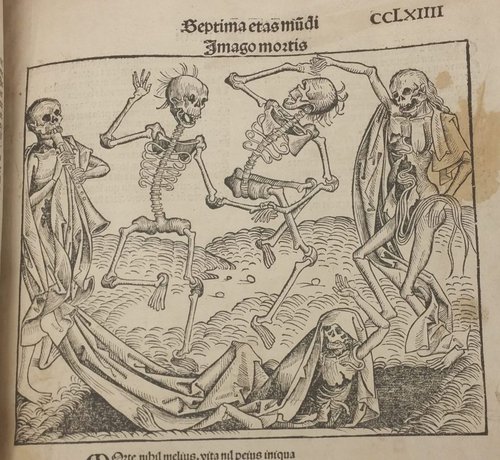
Dance of Death, Nuremberg Chronicle, 1493.
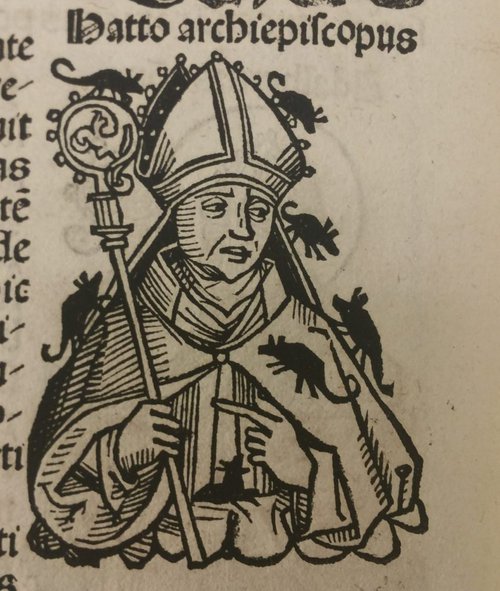
Hatto II was the archbishop of Mainz from 968 to 970 and some legends say he was eaten by rats.
My go-to book for spooky content is the Nuremburg Chronicle. Since it attempts to depict all of history from the creation of the world to contemporary events in Germany in the 1490s, history is full of destruction, decay, deformity, and death.
The Nuremburg Chronicle (Special Collections Research Center, Syracuse University Libraries) is part of the Special Collections Research Center’s rare books collection.
Homecoming by Ray Bradbury, published in the October 1947 issue of Mademoiselle.
by Grace Wagner, Reading Room Access Services Supervisor
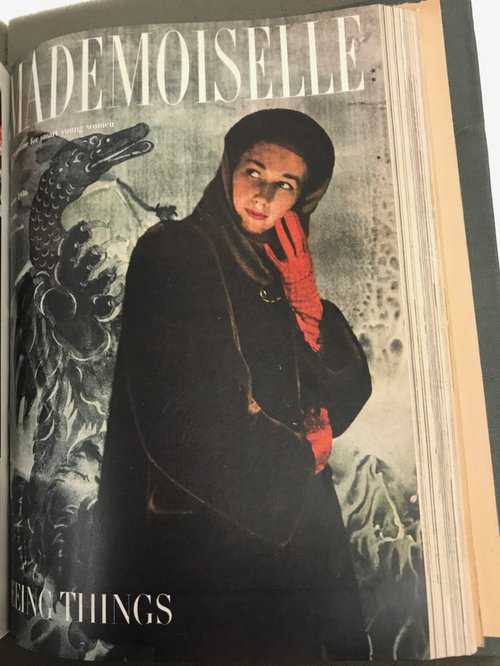
The October 1947 cover of Mademoiselle.

Bradbury’s “Homecoming,” published with some spooky illustrations, in Mademoiselle.
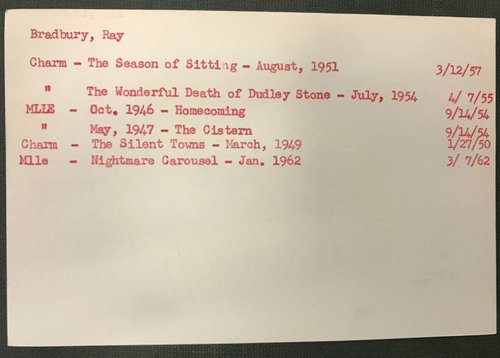
An author index card for Bradbury from Street & Smith.
Ray Bradbury began his career as a writer by contributing stories to fanzines and pulp serials, including the Street & Smith publication, Super Science Stories. Mademoiselle, another Street & Smith publication, published Bradbury’s short story “Homecoming” in October 1947 after Truman Capote, who was working as an editor for the magazine at the time, rescued it from the submission pile. Bradbury received an O. Henry Award for the story about a normal boy’s feelings of estrangement from his family of supernatural being
Mademoiselle (Special Collections Research Center, Syracuse University Libraries) is part of the Special Collections Research Center’s rare books collection. The Street & Smith Records (Street & Smith Records, Special Collections Research Center, Syracuse University Libraries) are part of the Special Collections Research Center’s manuscript collections.
The main image for this post comes from the cover of Teatr "Letuchai︠a︡ myshʹ" (Special Collections Research Center, Syracuse University Libraries) in the Special Collections Research Center’s rare books collection.
